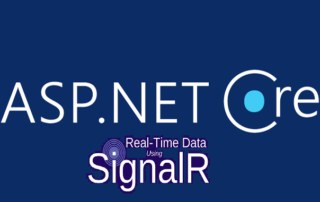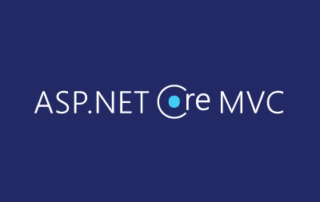Send instant message from server back to client using SignalR
UPDATED 28-08-2018: Added guidance to send message to specific client and not just for all + more screenshots on how _signalContextHub was added. This is a small blogpost explaining how to use SignalR for ASP Core 2.1 to send a message (or a signal :) ) from the server (controller action) back to the client view. Alot of posts explains how to make various bidirectional chats using SignalR to send messages from client to the server (from view to controller and back again), but the other way around (from server to client) is useful if you want to show progress bars [...]

